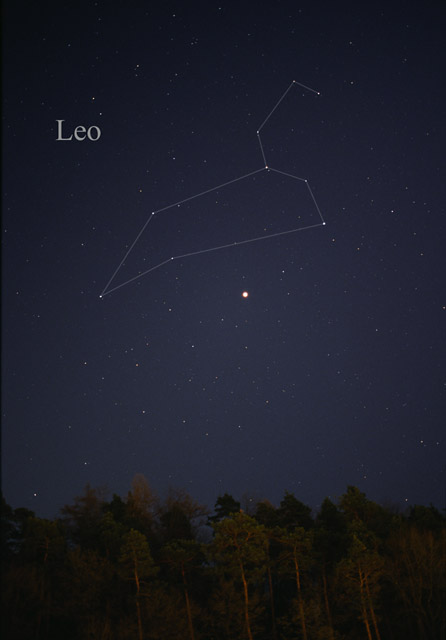The Sun is a magnetically active star. It supports a strong, changing magnetic field that varies year-to-year and reverses direction about every eleven years around solar maximum.
The Sun’s magnetic field leads to many effects that are collectively called solar activity, including sunspots on the surface of the Sun, solar flares, and variations in solar wind that carry material through the Solar System.

The effects of solar activity on Earth include auroras at moderate to high latitudes and the disruption of radio communications and electric power. Solar activity is thought to have played a large role in the formation and evolution of the Solar System. Solar activity changes the structure of Earth’s outer atmosphere.
All matter in the Sun is in the form of gas and at high temperatures, plasma. This makes it possible for the Sun to rotate faster at its equator (about 25 days) than it does at higher latitudes (about 35 days near its poles). The differential rotation of the Sun’s latitudes causes its magnetic field lines to become twisted together over time, producing magnetic field loops to erupt from the Sun’s surface and trigger the formation of the Sun’s dramatic sunspots and solar prominences (see Magnetic reconnection).

This twisting action creates the solar dynamo and an 11-year solar cycle of magnetic activity as the Sun’s magnetic field reverses itself about every 11 years.


























You must be logged in to post a comment.